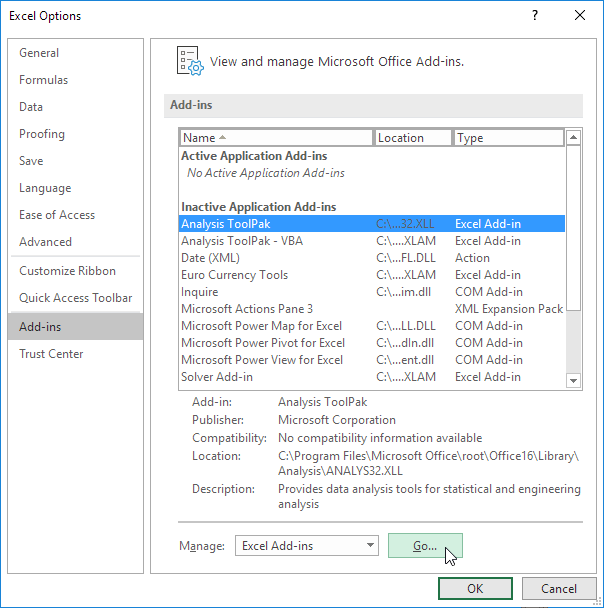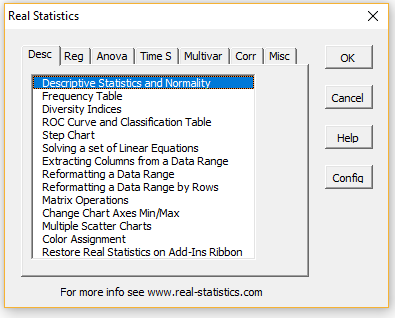
If you want to solve a workbook model that is stored on your local PC, use the Solver included with desktop Excel, or one of Frontline's enhanced Solvers for desktop Excel. NOTE: Although the Solver add-in can be used in Excel 2013 and Excel 2016, because your model is solved "in the cloud," this Solver add-in works only with Excel workbooks that are stored online. Now when you open your workbook, the Solver Task Pane should appear automatically. Click File Save As, and save to your Office 365 or SharePoint document library, or OneDrive or OneDrive for Business folder.ĥ.

Click to see the Solver add-in listing in the Office Store.Ĥ. If this is your first time using the Solver add-in, click Store, and look in the Data Analytics category. In the Office Add-ins dialog, find and select Solver under Click the Insert tab, then click the My Add-ins button.Ģ. If Solver appears in the Recently Used Add-ins dropdown list, select it there, and skip to step 4.ģ. Open the workbook where you want to use Solver. If Analysis ToolPak is not listed in the Add-Ins. In the Add-Ins box, check the Analysis ToolPak check box, and then click OK. In the Manage box, select Excel Add-ins and then click Go.
DATA ANALYSIS EXCEL 2013 MAC HOW TO
If you don't see the Solver Task Pane in your worksheet, you need to insert the Solver add-in: Follow the steps in Microsoft Office Support on How to get an Office Add-in for Excel.ġ. Click the File tab, click Options, and then click the Add-Ins category. In Excel Online for Office 365, Excel Web App for SharePoint, or Excel on iPad, use the Solver add-in. Excel may show an error message: Object required.

Now on the Tools menu, you should see the Solver command. You delete the Excel worksheet where think-cells Excel data link resides. button and navigate to the folder containing Solver.xlam. If you don't see this name in the list, click the Select.

In Excel for Macintosh, if you don't see the Solver command on the Tools menu, you need to load the Solver add-in.ġ. Click the Tools menu, then click the Add-ins command.Ģ. In the Add-ins available box, select the Solver.xlam check box. Now on the Data tab, in the Analysis group, you should see the Solver command. If you don't see this name in the list, click the Browse. Four editions of Data Analysis Using Microsoft Excel, by Michael R.
DATA ANALYSIS EXCEL 2013 MAC FOR MAC
In Excel for Windows, if you don't see the Solver command or the Analysis group on the Data tab, you need to load the Solver add-in.ġ. Click the File tab, click Options, and then click the Add-ins category.Ģ. In the Manage box, click Excel Add-ins, and then click Go.ģ. In the Add-ins available box, select the Solver Add-in check box. For Mac Excel 2016-2019-365 and Windows Excel 2010-2013-2016-2019-365.


 0 kommentar(er)
0 kommentar(er)
